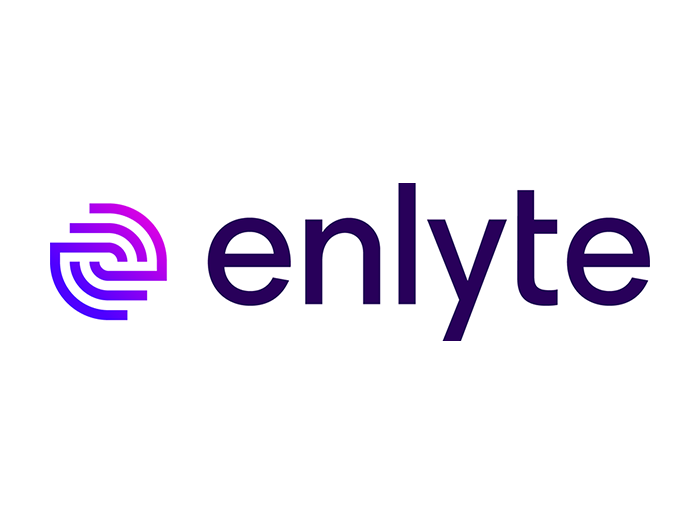
Taking Charge of Pharmacy with Proven Cost Containment Strategies
This white paper shares proven strategies to control pharmacy costs, reduce overspending, and improve outcomes by tackling high drug prices, overprescribing, compliance risks, and fraud.
Issue | min read
 Risk Central
Risk Central